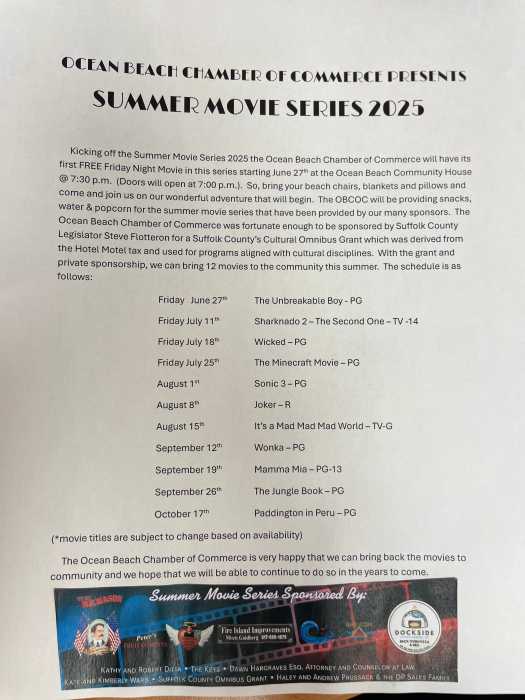After discovering that a city contracting company has been mooring barges in waterways throughout the city, Brooklyn elected officials proposed legislation requiring the identification of barges and increasing violations for repeat offenders.
“We are here to condemn and decry the practice of abandon and sink,” Councilmember David Yassky said. “This really is a case of an unaccountable company exploiting a largely unregulated class of vehicles.”
Yassky, joined by Assemblymember Joseph Lentol and Councilmember Eric Gioia, singled out Pile Foundation, Inc., a marine construction company with contracts from the Parks Department, for their business practices.
Pile Foundation has incurred several violations from the Department of Environmental Conservation (DEC) since September 2007, when the DEC found that the company had abandoned two barges in Jamaica Bay’s Barbados Basin. The barges eventually sank and Pile Foundation was issued fines of $10,000 per day, under the state’s Tidal Wetlands Act, until both barges were removed. That issue is still pending.
In May 2008, Greenpoint residents Laura and Mike Hofmann began noticing pieces of Styrofoam washing up onto the steps of the Newtown Creek Nature Walk. After they and Riverkeeper, a watchdog group, made complaints to the DEC, the state agency and the Coast Guard compelled the company to salvage the barge. According to the DEC, Pile Foundation removed this barge on June 10, but four other barges have since been tied to the Queens side of the creek, across from the nature walk.
“Pile’s unmarked barges on Newtown Creek are in a terribly dilapidated state,” said Basil Seggos, chief investigator for Riverkeeper. “Nearly all of them have rusted through and are shedding Styrofoam. One of the barges had sunk to the bottom and another is in danger of doing so.”
The DEC also revealed that one of the barges had been secured at a site near Pier 42 on Manhattan’s Lower East Side. On June 24, the DEC instructed Pile Foundation to place a boom around this barge, preventing further debris from accumulating in Whale Creek near the East River. Two days later, the DEC discovered that the barge was gone and were told by the company that it had been moved to SIMS Recycling, a scrap metal facility in New Jersey, to be converted into scrap. On July 2, Riverkeeper informed the DEC that a new barge appeared in the creek, which the DEC realized was the same barge that originated near Pier 42.
An executive with Pile Foundation asserted that these issues were a misunderstanding and that his company has been in communication with the Coast Guard whenever they have moved their barges.
“The barges are full of Styrofoam, so they won’t sink,” the executive said. “They’re scheduled for recycling as soon as we can get into the facility.”
The executive welcomed the proposal that would require identification, including the name and telephone numbers of barge companies, on barges in city waterways. Pile Foundation has been a client of the lobbying firm Davidoff, Malito and Hutcher for more than a decade, spending $100,000 since 1999 for help negotiating city contracts with the Parks Department towards renovating the East River Esplanade.
Lentol expressed frustration not only with the construction company but with the DEC and the Coast Guard for not communicating with their offices regarding the inspection and salvaging of the barges.
“We want to work with the DEC on issues surrounding the environment, but when they do not call is it becomes very difficult to do so,” said Amy Cleary, a spokeswoman with Lentol. “We need to be notified so we can act as an advocate and so that there can be oversight on behalf of this community. Otherwise we cannot be assured that we will not end up with another disaster like the first Exxon Mobil consent decree.”
























